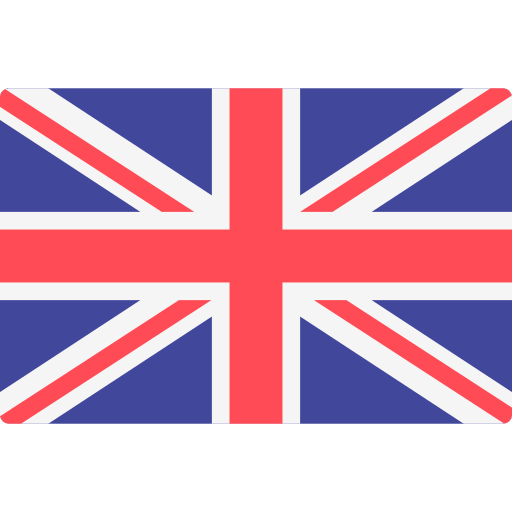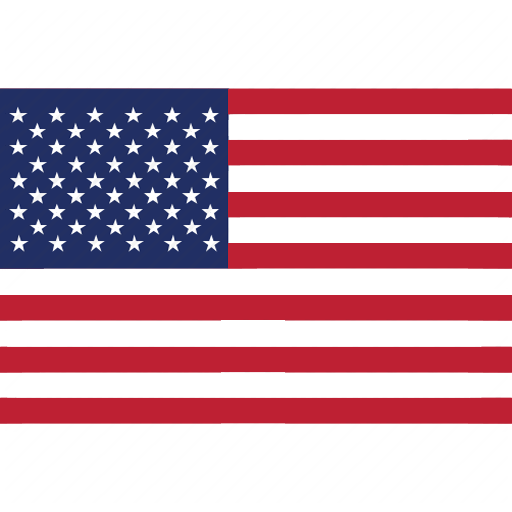Toy Chemical Testing: Navigating REACH Requirements for Safe Play
Assembling safety and quality in all toys and hardgoods
First published::
April 2025
Toys bring joy to children, but in the European Union, ensuring their safety isn’t just the right thing to do—it’s the law.
Beyond toy-specific regulations like the Toy Safety Directive, another crucial set of rules applies to toys in the European market: REACH. This broad regulation aims to manage risks from hazardous chemicals found not only as pure substances and mixtures but also within finished articles, including toys.
This article sheds light on REACH requirements for toys, explaining what brands and manufacturers need to do for compliance with this essential EU-wide regulation.
What is REACH and Why Does it Matter for Toys?
REACH (Registration, Evaluation, Authorisation, and Restriction of Chemicals) is an EU regulation designed to protect people and the environment from harmful chemicals. Since its introduction in 2007, it has set high standards for chemical safety across all industries, including toys.
REACH places significant obligations on companies introducing products to the EU market. Manufacturers and importers must identify and notify the presence of “Substances of Very High Concern” (SVHCs) in their products to the European Chemicals Agency (ECHA) if:
- The substance is present in the toy at concentration above 0.1% by weight
- The substance is present in the toy in quantities totalling over one tonne per year
Additionally, if a toy contains SVHCs above 0.1% (w/w), suppliers—including manufacturers and importers—must at least provide a list of these substances to professional users and distributors.
Another vital compliance point is adhering to restrictions listed under Annex XVII of REACH.
Non-compliance doesn't just endanger consumers or the environment—it also exposes companies to fines, product recalls, legal action, and severe reputational damage. Meeting both Toy Safety Directive and REACH requirements is essential for smooth, lawful access to the EU market.
Key Chemical Restrictions under REACH for Toys
REACH restricts several chemicals typically found in toys, including:
- Phthalates: Used to soften plastics, substances like DEHP, DINP, and DIDP are limited to below 0.1% by weight in toys, due to risks of disrupting hormonal systems.
- Heavy Metals: Materials such as lead, cadmium, and mercury are strictly limited because of their toxic effects on children’s health and development.
What are the Differences between EN 71-3 and REACH?
While REACH governs the overall chemical safety of substances, mixtures and articles in the EU, EN 71-3 is a specific toy safety harmonised standard focusing on certain toxic elements and substances. The key differences include:
| Aspect | EN 71-3 | REACH |
| Scope & Focus | A harmonised standard under the Toy Safety Directive, focusing specifically on the bioavailability of certain toxic elements in toys . It simulates a child putting a toy in their mouth, assessing the levels of element migration that could occur through ingestion. | A much broader regulation. It covers all chemical substances and their uses, not just in toys, but across various industries, addressing both human health and environmental concerns throughout the entire supply chain. |
| Testing Methodology | Specifies testing methods to simulate the migration of toxic elements, such as lead, from toy materials by using a saliva-like solution to mimic a child’s mouth. | Does not develop the specific testing methods in the legal text, but ,for some substances, it indicates the standars which contain the test method to determinate the concentration of substances as certain aromatic amines derived from azo colorants or azocolorants in leather or release of nickel. |
| Substance Coverage | Specifically addresses certain toxic elements and chemical substance which can be found in toys. | Regulates a broader range of substances, including Substances of Very High Concern (SVHCs), which can be found in all type articles and materials. |
| Compliance Proof | Provides a presumption of conformity with the Toy Safety Directive regarding chemical safety, focusing specifically on the bioavailability of certain toxic elements in toys. However, it doesn't guarantee full compliance with REACH. | Covers additional aspects such as registration, notification, communication in the supply chain, and restrictions on substances not specifically addressed by EN 71-3. |
Despite these differences, REACH complements Toy Safety Directive by helping manufacturers demonstrate compliance with its chemical requirements. Meeting REACH requirements can be a key step in fulfilling the broader obligations, particularly concerning hazardous substances.
REACH Testing Process for Toys: Key Steps
The process of toy chemical testing under REACH involves several critical steps to ensure all materials comply with set limits. Here’s how it works:
- Material Selection and Preparation: Catalog all parts and materials used in the toy (plastics, paints, coatings, textiles), as each can carry unique chemical risks.
- Sampling and Testing: Select samples from different parts of the toy and submit them for advanced chemical analysis (e.g., gas chromatography, spectrometry) to detect restricted chemicals.
- Reporting and Documentation: Obtain detailed laboratory reports confirming whether your toys comply with REACH. These records are crucial for audits and regulatory checks.
Using accredited laboratories is vital for producing reliable, acceptable results.
How to Ensure Your Toys Comply with REACH?
Best practices for brands, manufacturers, and importers:
- Thorough Supply Chain Management: Partner only with suppliers who provide thorough safety data sheets (SDS) and up-to-date compliance certificates. Rigorous supplier checks help avoid surprises down the line.
- Develop a Robust Testing Plan: Schedule regular chemical testing, especially when changing suppliers or materials. Testing individual components helps catch non-compliance early.
- Maintain Comprehensive Records: Maintain detailed documentation of all tests, compliance certificates, and supplier communications. These files serve as vital proof if your compliance is ever questioned.
- Partner with Experts: Work with experienced laboratories, such as Eurofins Softlines & Hardlines, to help navigate the complexities of REACH and avoid expensive missteps.
How can Eurofins Softlines & Hardlines Help You to Ensure Your Toys Comply with REACH?
Our global laboratories offer a full suite of testing and consulting services for REACH and related regulations. We deliver affordable, reliable chemical analysis to help your toys comply with:
- Annex XVII restrictions
- Substances of Very High Concern (SVHCs)
- SCIP database reporting as regulated by EU REACH
Ensure safety, trust and market access with Eurofins. Find out more about Eurofins Chemical Testing Services for REACH.
























































